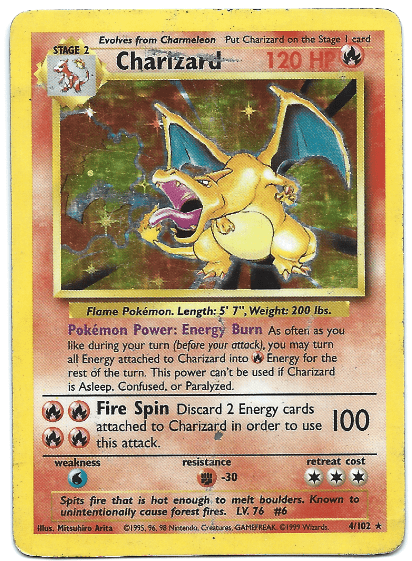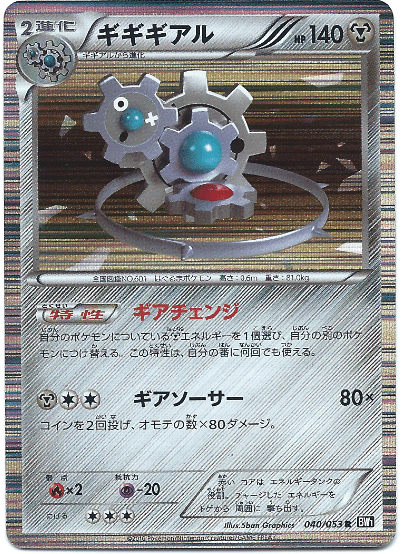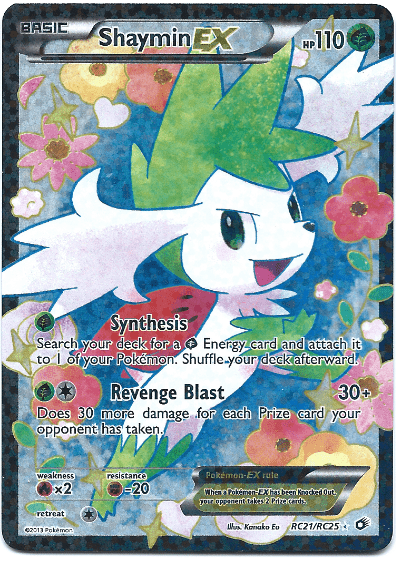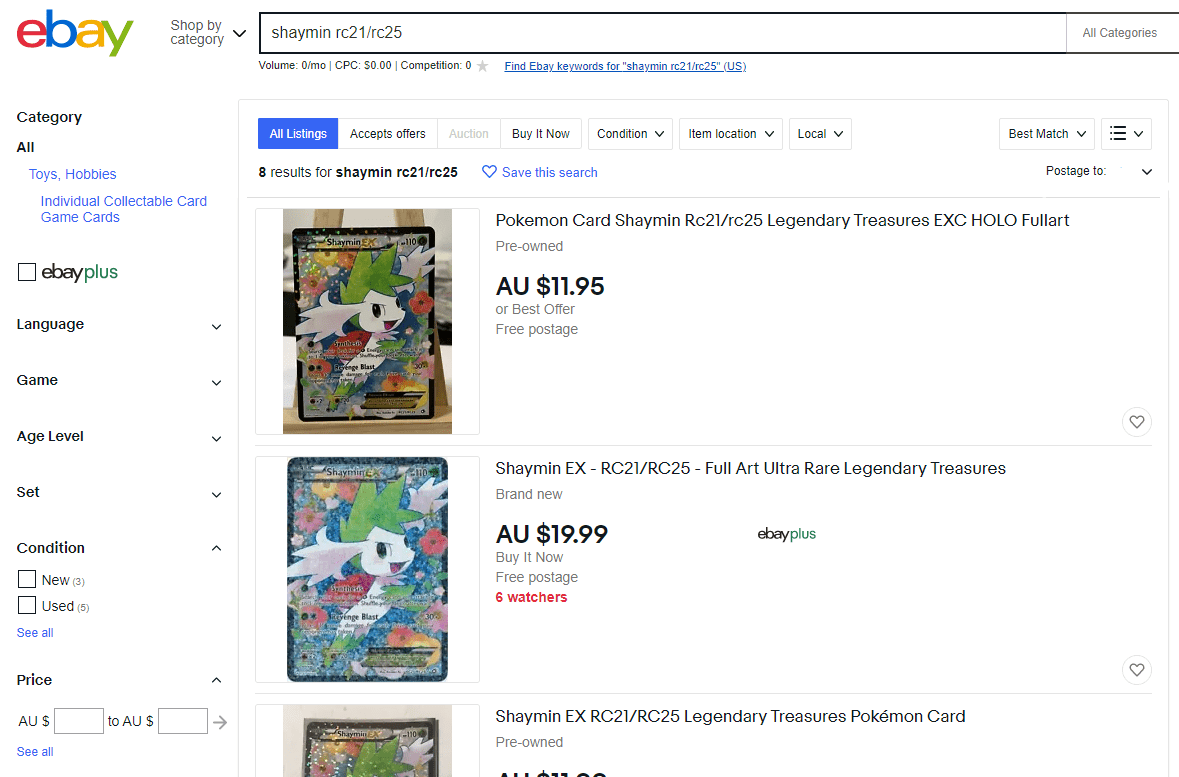How Much Are My Pokemon Cards Worth?
Are you looking to sell your Pokemon cards, and want to know what they’re
worth?
In this guide, we’ll explain the factors that affect what Pokemon cards are worth. We’ll also show you how to find out the valuation of your Pokemon card collection.
What factors affect Pokemon card value?
There are a number of different factors that affect what a Pokemon card is worth.
Here are the most important things that determine the value of a Pokemon card.
The rarity of the Pokemon card
Pokemon cards come in a number of different rarities. Different Pokemon card rarities can be seen from the rarity symbol, which is normally displayed in the bottom left or bottom right corner of the card.
Common: the card has a circle symbol.
Uncommon: the card has a diamond symbol.
Rare: the card has a star symbol.
Ultra rare: the card has a holographic star symbol, possibly gold or silver in colour.
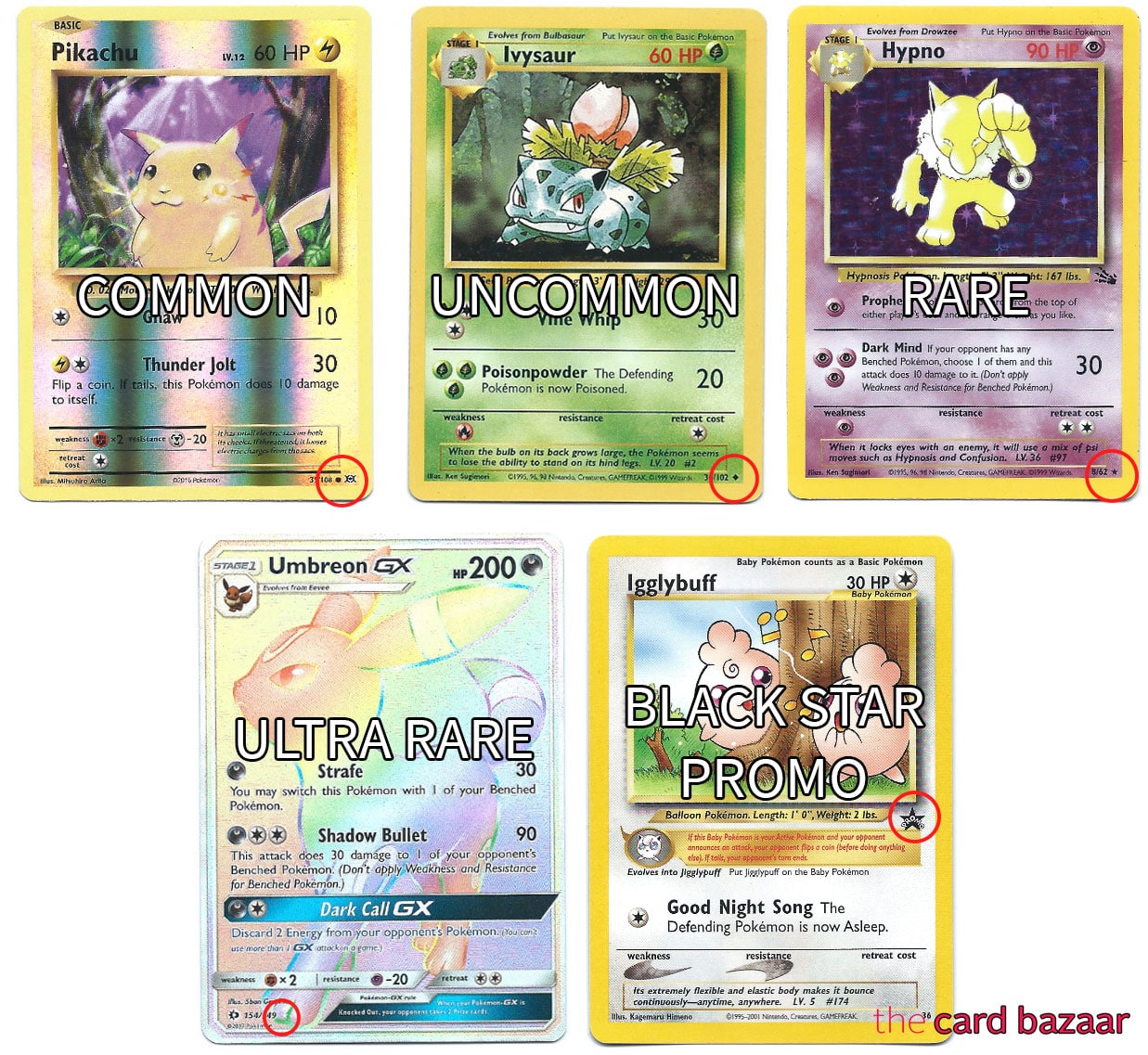
There are many different types of ultra rare Pokemon cards, including EX, GX, Prime, Level X, and V cards. Normally these types of Pokemon cards will have this distinction next to their name.
As a general rule, most common/uncommon Pokemon cards aren’t worth much – typically less than $0.10 each. As a result, they’re normally sold in bulk. There are exceptions to this rule though, especially with very old first gen Pokemon cards.
Rare and ultra rare Pokemon cards can vary in what they’re worth quite dramatically. For example, a typical non-holo rare from the latest set will normally be worth $0.50 - $1.00 or so. But a holographic Base Set Charizard could be worth $500 or more.
The holographic effect
Look at your Pokemon card, and take note of the holographic effect (whether or not it’s shiny).
Non-holographic: the card is not shiny.
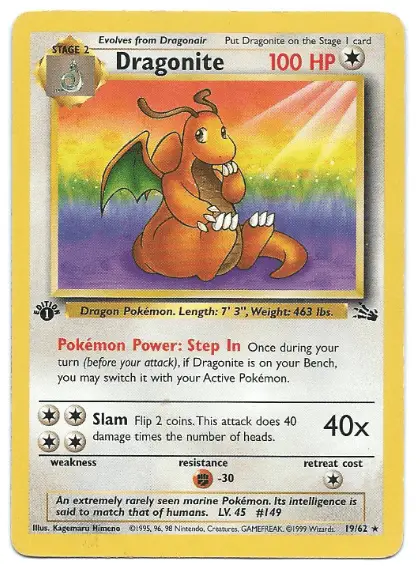
Holographic: the card artwork (the small box with a picture of the character) has a holographic effect.
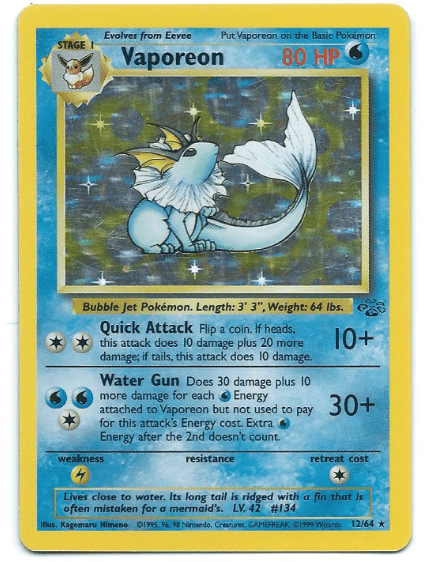
Reverse holographic: the whole card has a shiny effect applied to it. This is only applied to common, uncommon, and rare cards.
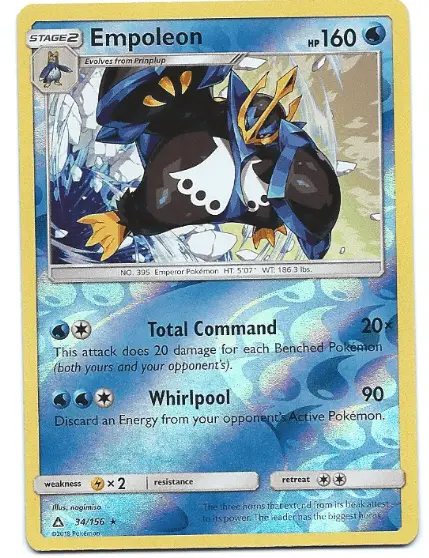
All ultra rare cards have a holographic effect applied across the entire card, but are not known to be reverse holographic. The term reverse holographic is used to describe an effect applied to cards that also have a non-holographic version.
You can tell a Pokemon card is ultra rare because it has a holographic silver or gold border, as well as a holographic star symbol in the corner of the card rather than a black or white star.
The age of the Pokemon card
As a general rule of thumb, old Pokemon cards from the Base, Jungle, and Fossil sets are often quite valuable, especially the rare holographic ones.
Also, there is often a lot of hype around the newest Pokemon sets. If you pull a brand new ultra rare card from a booster pack, it will likely be worth money because of demand for new cards.
This isn’t to say that cards from 2002-2020 are worthless. Many of the most expensive cards of all time were produced during this period. It’s just important to know that extremely old and extremely new cards can often be more valuable.
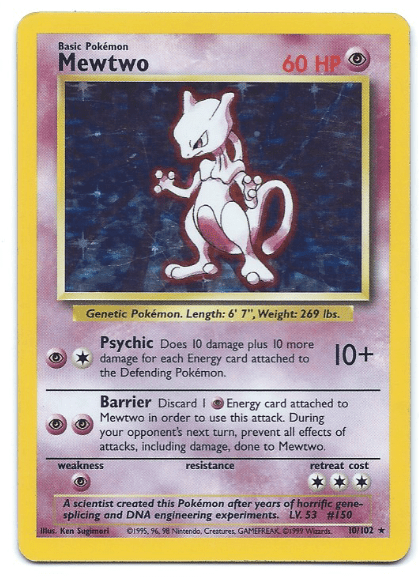
This is what an old first generation Pokemon card looks like.
The condition of the Pokemon card
Pokemon card collectors really care about the condition of the cards they buy.
Even just a few minor scratches on the card, or minor edgewear on its borders, can reduce the value of a Pokemon card significantly.
Pokemon card conditions are described in terms of how close to “mint condition” they are. Here are some common Pokemon card grades and what they mean.
Mint: flawless, looks like it was just pulled from a booster.
Near Mint: near to mint condition, except the card may have minor edge wear or surface scuffs from being stored in plastic sleeves.
Excellent (also known as light play): slightly worse than near mint, card may have more extensive edge wear or scuffs, may also have other marks. Still playable and collectable. No creases will be on the card.
Good (also known as moderate play): card may start to have creases, more damage or more major damage in extensive areas.
Played: card will have folds, splitting, peeling, big creases or major damage to many areas of the card.
This Base Set Charizard Pokemon card is in played condition due to the scratches on the front of the card and the edge wear visible on the borders.
Collectors are looking for near mint or mint condition Pokemon cards. If your card is in worse than near mint condition, this will reduce its value.
This isn’t to say it isn’t worth selling Pokemon cards that have been played with. Since old Pokemon cards are often slightly worn due to their age, these types of cards in particular can often still sell for decent money even if not in perfect condition.
The language of the Pokemon card
Most Pokemon cards are printed in either English or Japanese. Japanese Pokemon cards have different set names and numbers to English cards, so they’re often considered separately, and have different valuations applied to them.
However, Pokemon cards are also printed in other languages, such as German, French, and Dutch. These cards will have the same card number as their English varieties, but are often worth slightly less than the English version of the Pokemon card.
The authenticity of the Pokemon card
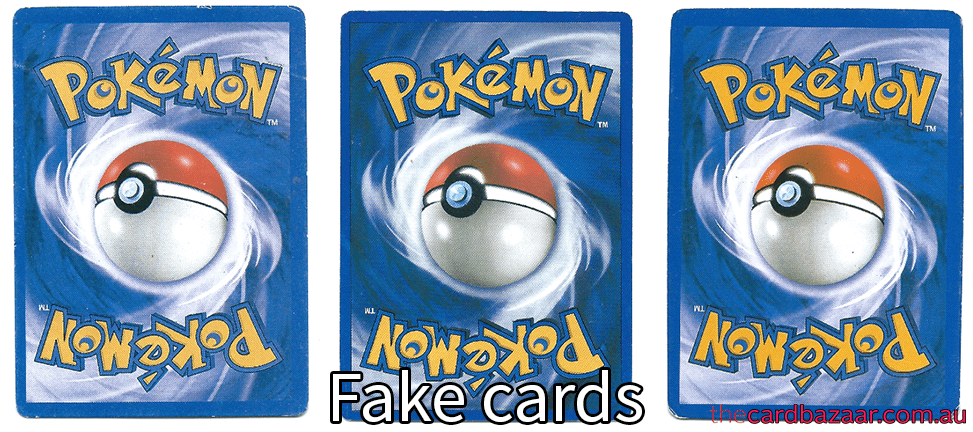
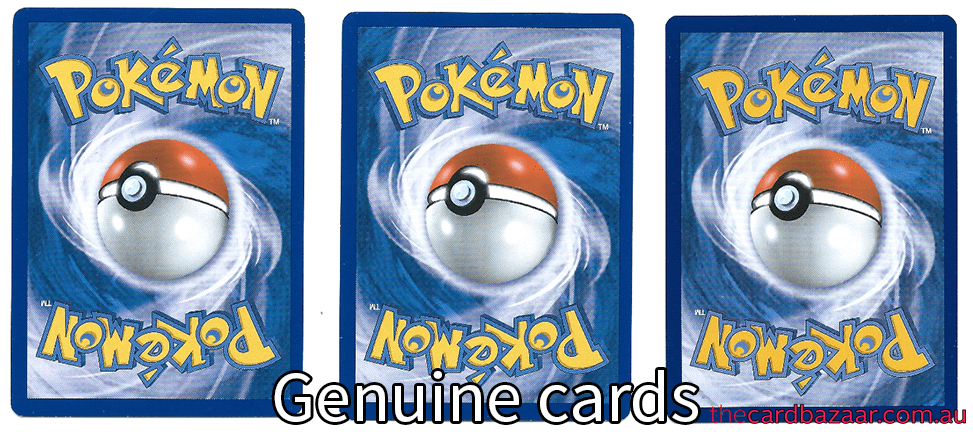
Fake Pokemon cards have become increasingly prevalent in recent years as the Pokemon TCG has become more popular. They’re commonly found on eBay, at flea markets, and in dollar stores.
Fake cards are not worth anything. They’re illegal for use in tournaments and collectors will not buy them. Therefore, it’s important to determine that you have genuine Pokemon cards before you try to sell them.
You can use our guide to fake Pokemon cards to tell if your cards are fake.
Whether the Pokemon card has been professionally graded
You don’t need to have your Pokemon cards professionally graded in order to sell them. Often, it’s not worth the cost of getting them graded, unless you have an extremely rare card in perfect condition.
However, if a card is graded by a company called PSA and gets a good score, it may be worth a lot more than if the card wasn’t graded.
The amount a PSA grade will improve the value of the card depends mostly on the score. If PSA gave the card a 9 or a 10, then this can increase the value by 3-4x or even more, depending on the rarity of the card.
On the other hand, if they only gave the card a 6, 7, or 8, then it might be worth only a bit more than an ungraded card.
If a card is PSA graded, it will be encased in plastic with a red PSA sticker at the top specifying the grade.
Whether the card is a promotional item
Some Pokemon cards were not released as regular cards that you can find in Pokemon booster packs in shops. Instead, they were given away as promo cards, for example to Pokemon TCG tournament winners, or to people going to see a Pokemon movie in cinemas.
Some Pokemon promo cards are worth a lot of money, but many aren’t.
Often, promo cards are completely unique, which makes it easy to find their value. However, some promo Pokemon cards look the exact same to their non-promo version.
To see if you have a promo card, look for a big black star on the card next to the card number. This is why promo cards are often known as black star promos.
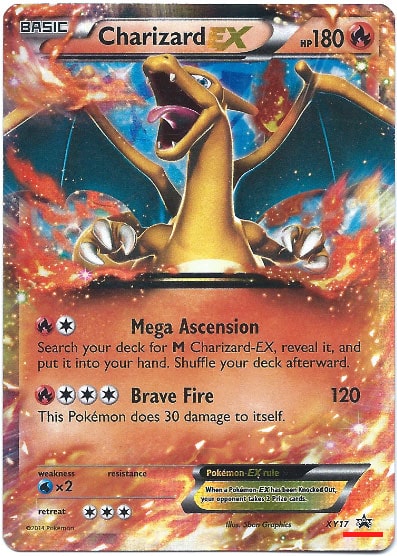
This Charizard card has a large black star in the corner, demonstrating that it's a promo card.
Whether the Pokemon card is useful for players
Some Pokemon cards have attack/defence stats or special abilities that are especially valuable to people who play the Pokemon trading card game, as they can use them in battle against other players.
This is why certain trainer cards and ultra rare cards sometimes spike in value unexpectedly.
Most often, Pokemon battlers play with the newest cards, so your card will need to be from a recent set if it’s in demand from Pokemon players.
How to find the value of a Pokemon card
To determine what a specific Pokemon card is worth, there is an easy process you can follow.
Often, Pokemon card price lists and websites are out of date, so it’s important to look at what the card is actually selling for right now to see what it’s really worth.
Below, we’ll show you how to perform a Pokemon card valuation using this Shaymin EX Pokemon card as an example.
1. Find the name of the Pokemon on the card
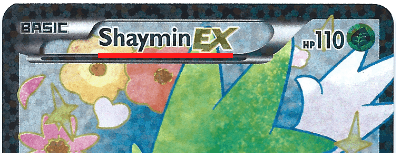
Look at the top of the card to see which Pokemon is on the card. If there is any prefix or suffix to the character’s name, this is included.
In this case, the card’s name is “Shaymin EX”.
2. Find the set number of the Pokemon card
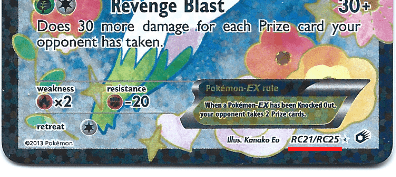
Look at the bottom right or bottom left corner of the card for a number, typically in the format “###/###”.
In this case, the set number is RC21/RC25. Note that the set number does not normally contain letters, but it can sometimes. As long as there’s a “/” symbol, or a number on its own, then that’s the set symbol.
3. Look at the condition of the Pokemon card
Using the Pokemon card grading definitions we discussed above, try to gauge the condition of your card.
As long as the card has nothing more than some minor whiting around the edges in small areas when viewed from the back, then you should be safe to assume that the card is “near mint” or better.
This Shaymin card is in near mint condition, so we don’t have to worry about the condition too much. We’ll discuss what to do if your card is damaged in step 5.
4. Type the Pokemon card details into eBay
Type “Pokemon name” + “set number” into your local eBay website. Add “PSA” if your card is in a sealed plastic container having been graded by PSA. This will reveal listings for your exact card.
In this example, we would type “Shaymin EX RC21/RC25”.
5. Look at sold listings for the same Pokemon card
On the left-hand side of the eBay search result, or in the filters tab, you can choose to view only sold listings.
The reason to do this is sellers will often list cards for more than they’re really worth, resulting in listings going on for months with no one buying the card. But if you view only sold listings, you can instantly see what people are actually willing to pay for the card.
If your card is in worse than near mint condition, you will need to look through these sold listings for cards in matching condition. Typically, sellers don’t put their card condition in the title, so it can be difficult to use the search function to find matching cards.
What’s the best way to sell Pokemon cards?
If you’re looking to sell your Pokemon card collection, here’s what you need to do to ensure you get the most money possible.
Should I sell my Pokemon cards individually or as a complete collection?
If you have a lot of Pokemon cards, it’s probably not worth selling them individually, unless they’re all rare cards.
As a general rule, you will get more if you sell the cards individually, but it will take longer to list and sell them. If you don’t have a lot of time on your hands, it’s fine to list your whole Pokemon card collection as a bulk lot. Alternatively, you can pull out the rarest cards and sell them separately to make a bit of extra money.
If selling your Pokemon collection as a bulk lot of cards, it’s very important to get good pictures of the rarest cards, so that people can see what you have.
How do I find the most valuable Pokemon cards in my collection?
As we just mentioned, even if you’re selling your Pokemon cards in bulk, it’s important to identify the most valuable cards so you can get the most money when you sell them.
Here’s how to do this.
First, look for old holographic Pokemon cards, especially from the Base Set. They have a slightly darker yellow border than newer Pokemon cards do. Base Set cards will have the number “#/102” on the bottom right, but other old sets such as Jungle and Fossil (which also have dark yellow borders) also have some valuable cards, so pull these out as well if you find any that are holographic.
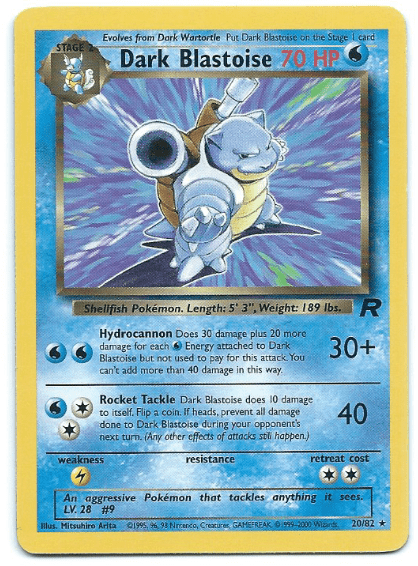
This is the style of the first gen Pokemon cards from the 90s.
If you have new Pokemon cards in your collection, you will want to look for ultra rare cards as they’re often quite popular. Look for cards with a holographic border (sometimes silver or gold), with “EX”, “GX,” “Lv. X”, “V” or a gold star symbol after the Pokemon’s name at the top of the card.
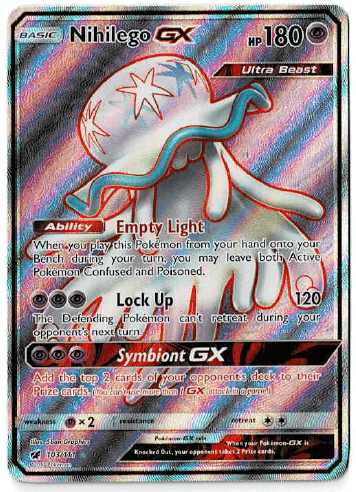
This is an example of a Pokemon GX card.
You should also look for promo cards, especially old ones, as these can be worth decent money. Look for a big black star symbol on the right side of the card. This symbol is a lot bigger than the typical black star used to signify that a card is rare.
If you find any unusual-looking cards that are not common or uncommon rarity, it’s best to pull them out and check their value online, just in case.
Where should I sell my Pokemon cards?
In most countries, eBay is a good place to sell Pokemon cards for good money. Many Pokemon traders and collectors keep a close eye on the site, helping you get a good price for your Pokemon cards, especially if you have good pictures and a good listing description.
The issue with trying to sell your cards to a trading card retailer is the business needs to make a decent profit on whatever they buy from you. This means that you’re unlikely to get the best price from them, although they might help you to sell your Pokemon cards quickly.
How to get a Pokemon card appraisal
If you would like a Pokemon card appraisal to determine the true valuation of your Pokemon cards, feel free to get in touch with us by email – enquiries(at)thecardbazaar.com.au or by our contact form.
Please provide more details about the Pokemon cards you would like to appraise, what country you are located, and any questions you might have about selling your Pokemon cards.

